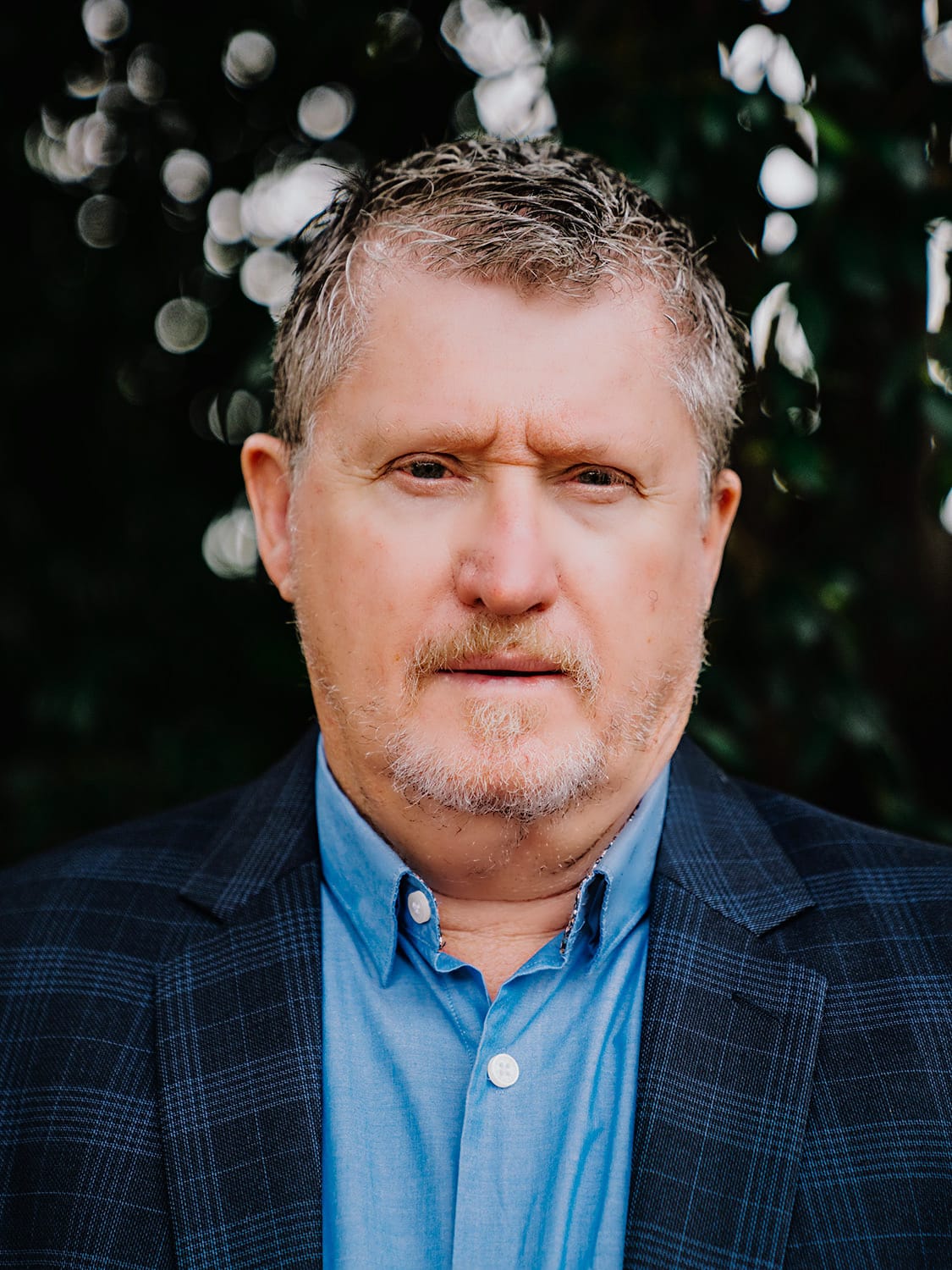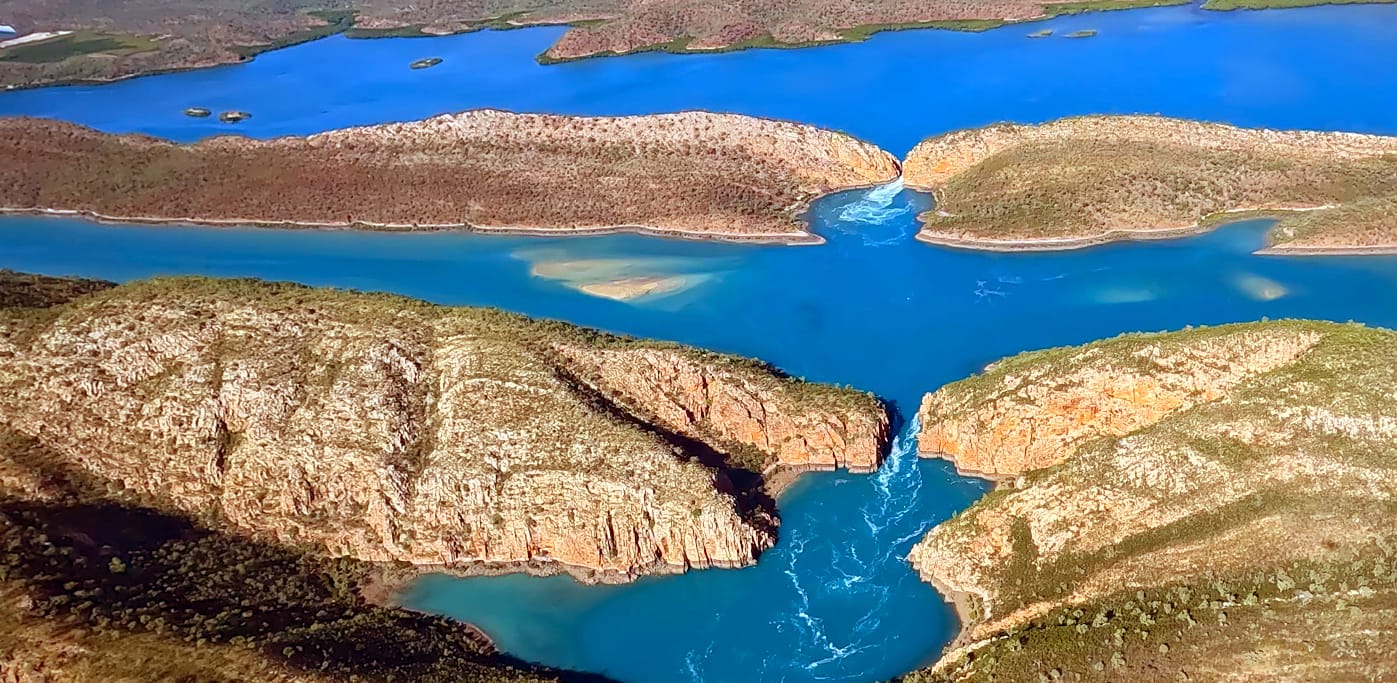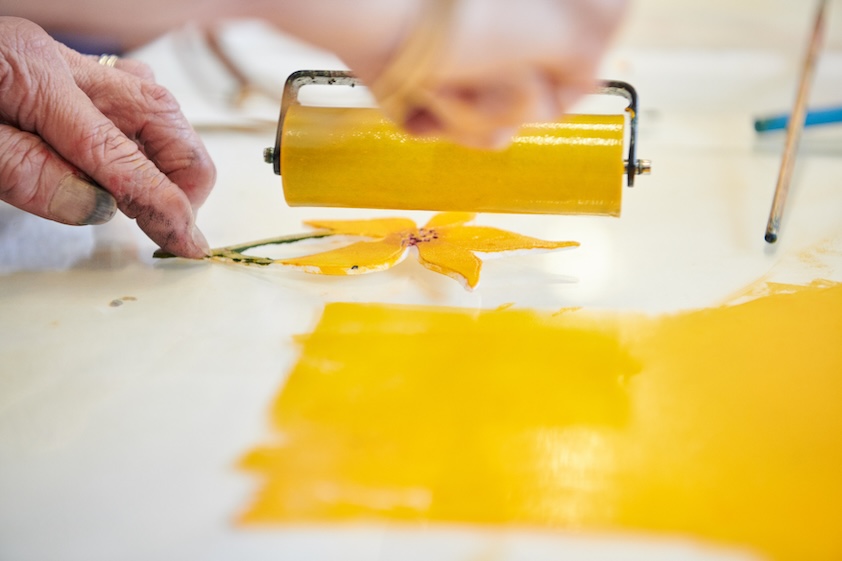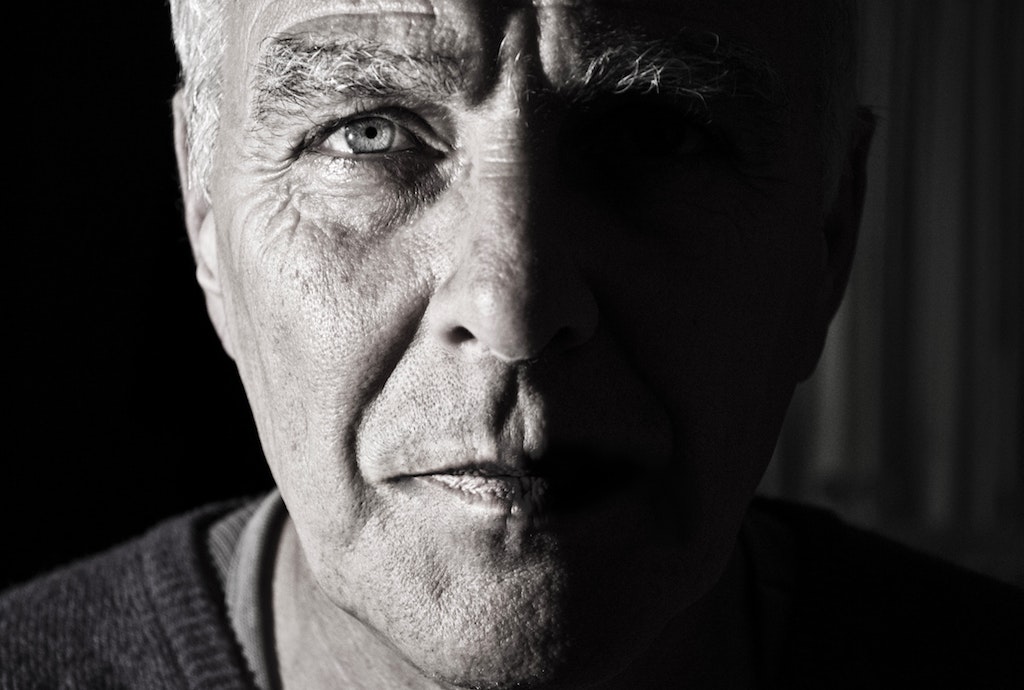PROSTATE cancer is the most common cancer in men.
World-wide more than one million cases are diagnosed every year and some 300,000 men die of the disease.
Until recently older Australian men were regularly screened for prostate cancer by a blood test called the PSA (Prostate specific antigen) test.
The test can lead to early detection and cure but with the disadvantage that men with high PSA scores might never develop aggressive disease.
In many cases men have non-aggressive prostate cancers which are unlikely to become a problem during their lifetime.
Over reliance on the PSA test can result in unnecessary and invasive treatment. Therefore the test has been largely discontinued.
Research by Dr Richard Martin and a team at the University of Bristol found that a screening program that invited more than 400,000 men to a clinic to undergo a single PSA test increased detection of low-risk prostate cancer but made no significant difference to prostate cancer deaths after 10 years.
In an attempt to identify and screen patients at high risk of developing aggressive, while still young, Dr Tyler Seibert and co-workers at the Centre for Multimodal Imaging and Genetics in California have developed a scoring system based on the patient’s genotype.
They analysed over 200,000 gene variants (known as single nucleotide polymorphisms or SNPs) from nearly 32,000 men of European ancestry with and without prostate cancer and identified 54 SNPs associated with increased risk of prostate cancer.
From this they have calculated a hazard score for the risk of developing aggressive prostate cancer.
This was validated by applying the score to participants in an independent clinical trial of 6,500 men to test the prediction of survival free from prostate cancer.
Men in the top two per cent of scores had three time the risk of developing aggressive prostate cancer compared with men with average scores.
And the researchers say that, as the score represents a man’s fixed genetic risk, it can be calculated just once, long before the onset of prostate cancer, helping to make a better decision about whether he should undergo further invasive testing.
Professor Marco Falasca, from the Curtin University Health Innovation Research Institute said genotyping is the way forward in medicine.
“Understanding individual’s genotype will allow treatment to be tailored to individual need. Biopsy of the prostate is a good tool but it is invasive. Other methods are less invasive.
“SNIPs cluster can predict the outcome in some case but not with certainty,” he said.
Other research by Dr Luke Selth and colleagues at the University of Adelaide has identified biomarkers in seminal fluid that indicate the presence of cancers.
These are a number of small ribonucleic acid (RNA) molecules called microRNAs that are known to increase in prostate tumours.
He said some of these microRNAs were surprisingly accurate in detecting cancer.
“The presence of these microRNAs enabled us to more accurately discriminate between patients who had cancer and those who didn’t, compared with a standard PSA test,” Dr Selth said.
“We also found that the one specific microRNA, miR-200b, could distinguish between men with low grade and those with higher grade tumours. This is important because, as a potential prognostic tool, it will help to indicate the urgency and type of treatment required.”
This research builds on previous work by Dr Selth’s team, published in the British Journal of Cancer.




































